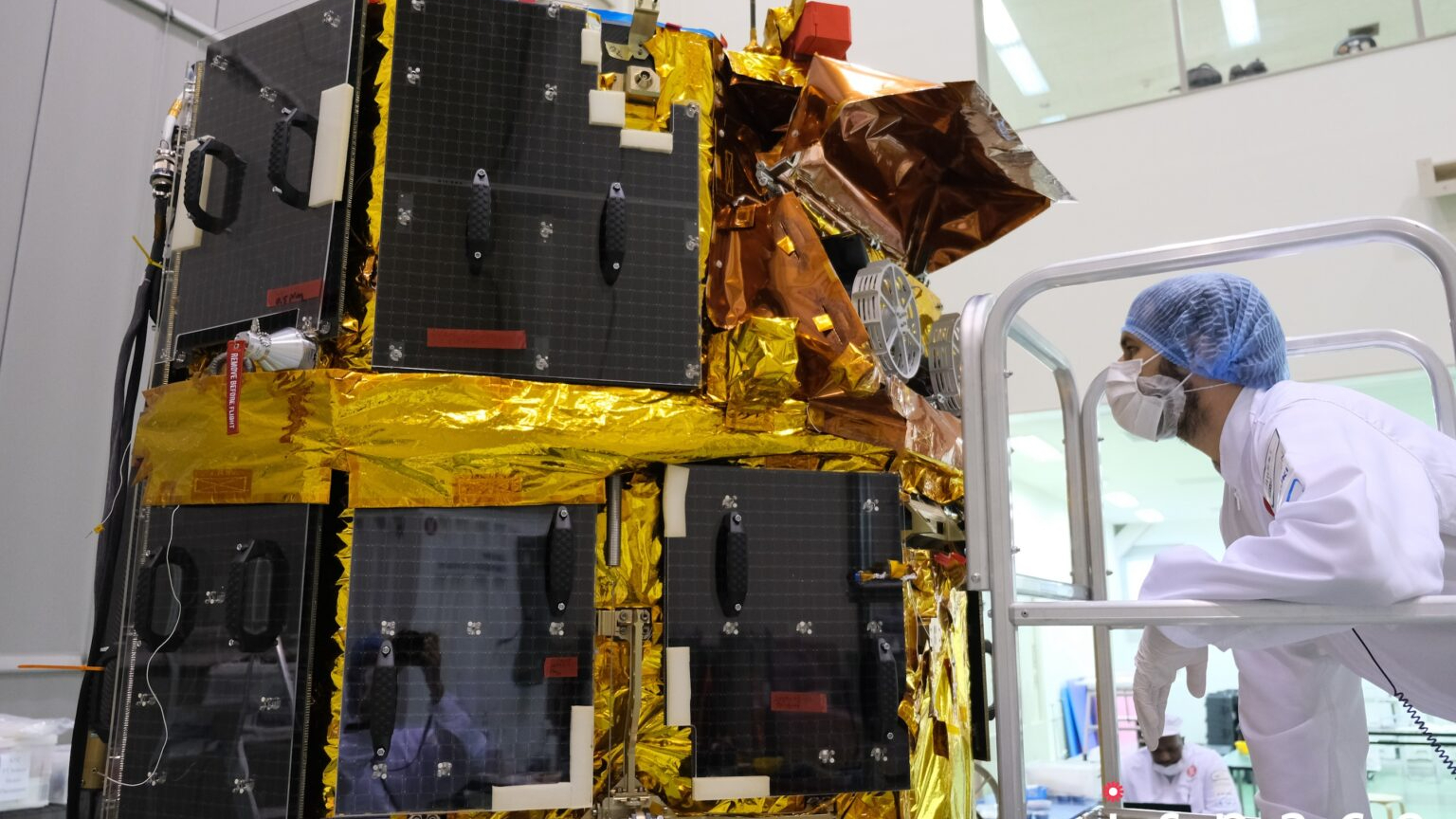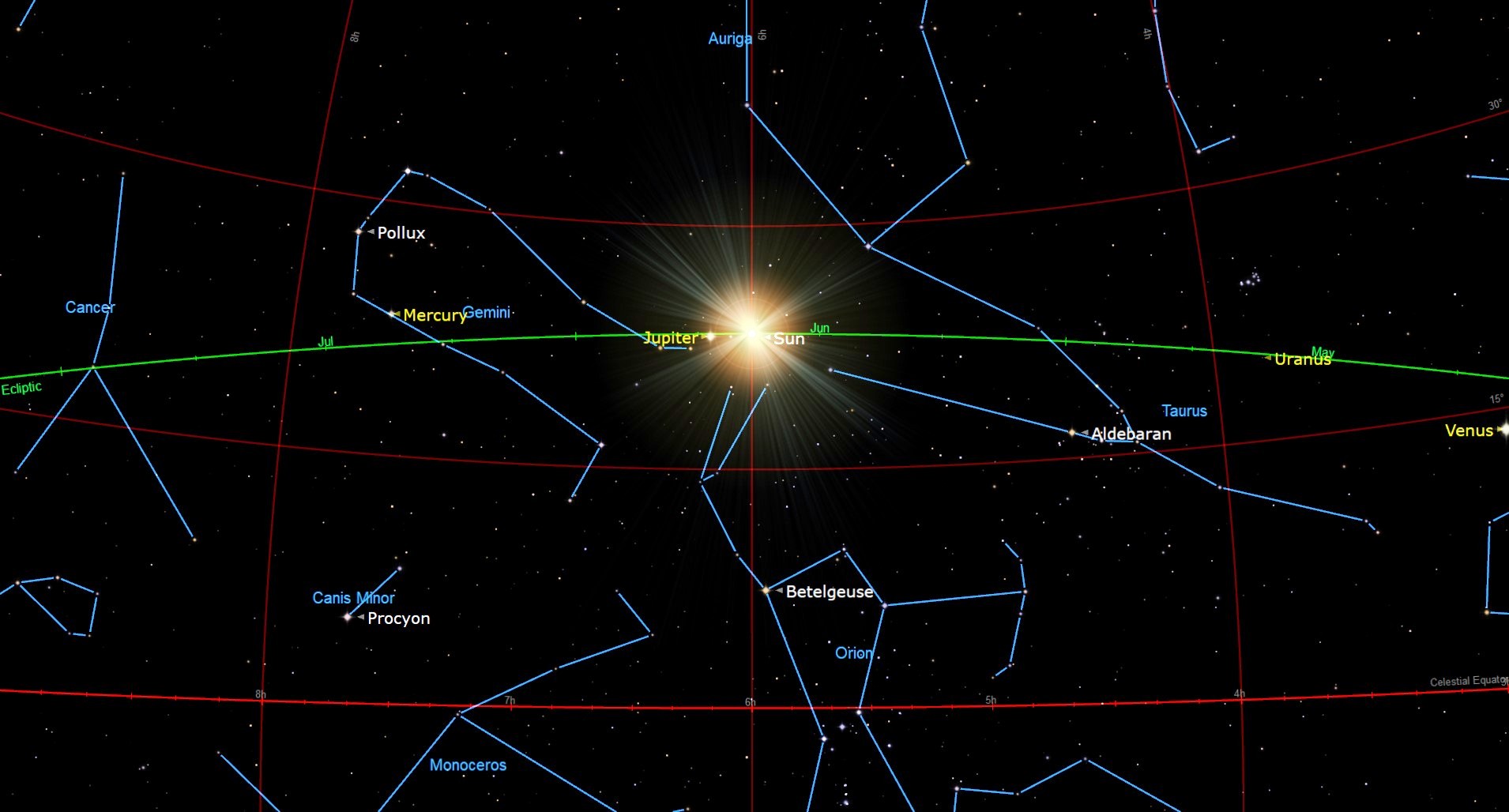What's landing on the moon with ispace's Resilience spacecraft on June 5?
A mini moon rover and more are slated to touch down aboard the private Japanese lander on Thursday (June 5).

Japanese space exploration company ispace is all set to attempt its second moon landing this week, but what will its spacecraft deliver to the lunar surface?
The ispace Resilience lander lifted off atop of a SpaceX Falcon 9 rocket on Jan. 15, with Firefly Aerospace's Blue Ghost lunar lander also on the flight. Blue Ghost aced its lunar touchdown on March 2, and Resilience is now gearing up for its big moment.
The lander arrived in lunar orbit on May 7 and is scheduled to touch down on Thursday (June 5) at 3:24 p.m. EDT (1924 GMT) within Mare Frigoris ("Sea of Cold"), a vast plain in the moon's northern hemisphere. You'll be able to watch the landing attempt live when the time comes via ispace, and Space.com will carry the company's livestream.
Resilience is based on ispace's Hakuto-R solar-powered lander platform, an octagonal prism that's 7.5 feet (2.3 meters) tall and 8.5 feet (2.6 m) wide and features four landing legs.
The lander is packed with five science payloads. These come mainly from commercial and academic partners, while one is a micro moon rover developed by ispace's Luxembourg-based subsidiary that will drive the mission's initial resource exploration activities.
Here's a rundown of this gear and what it will do on the lunar surface, if Resilience manages to ace its touchdown.
- Tenacious rover: The ispace rover, named Tenacious, is armed with a high-definition, forward-mounted camera and a small shovel for collecting samples for imaging by the camera. The compact vehicle measures 10.24 inches (26 centimeters) tall, 12.40 inches (31.5 cm) wide and 21.26 inches (54 cm) long and weighs about 11 pounds (5 kilograms). Tenacious, constructed with a carbon fiber-reinforced plastic frame to withstand the rigors of space travel, also carries "Moonhouse," a small red house framed in white from Swedish artist Mikael Genberg.
- Water Electrolyzer Experiment: The instrument, provided by Takasago Thermal Engineering Co., which supplies air conditioning equipment, aims to demonstrate the feasibility of producing oxygen and hydrogen from lunar water resources. This process is seen as a critical step for sustainable lunar exploration.
- Algae-based food production module: A self-contained module designed to test the cultivation of algae as a potential food source in the lunar environment, developed by Euglena Co. Algae production could potentially contribute to future life support systems for lunar and deep space exploration.
- Deep Space Radiation Probe (DSRP): This 14-ounce (399 grams) instrument has been monitoring radiation levels during Resilience's flight and will continue to do so on the lunar surface, to help characterize the ionizing radiation environment between Earth and the moon. Collected data will provide insights for the safety of future human missions. DSRP was developed by the Department of Space Science and Engineering at National Central University in Taiwan.
- Commemorative plate: Finally, the lander carries a commemorative alloy plate developed by Bandai Namco Research Institute, Inc., and based on the "Charter of the Universal Century," a fictional document from the popular Japanese science fiction franchise Gundam.
Resilience itself will also take onboard lessons from ispace's first lunar landing attempt, which crashed into the moon in April 2023, due to an onboard altitude sensor being confused by the rim of a crater
Breaking space news, the latest updates on rocket launches, skywatching events and more!
The company is also building a larger lander, named Apex 1.0. Its first outing will be ispace's Mission 3, expected to launch around 2026.
Editor's note: This story was updated at 5 p.m. ET on June 2 in advance of Resilience's June 5 landing attempt.
Join our Space Forums to keep talking space on the latest missions, night sky and more! And if you have a news tip, correction or comment, let us know at: community@space.com.

Andrew is a freelance space journalist with a focus on reporting on China's rapidly growing space sector. He began writing for Space.com in 2019 and writes for SpaceNews, IEEE Spectrum, National Geographic, Sky & Telescope, New Scientist and others. Andrew first caught the space bug when, as a youngster, he saw Voyager images of other worlds in our solar system for the first time. Away from space, Andrew enjoys trail running in the forests of Finland. You can follow him on Twitter @AJ_FI.
You must confirm your public display name before commenting
Please logout and then login again, you will then be prompted to enter your display name.
